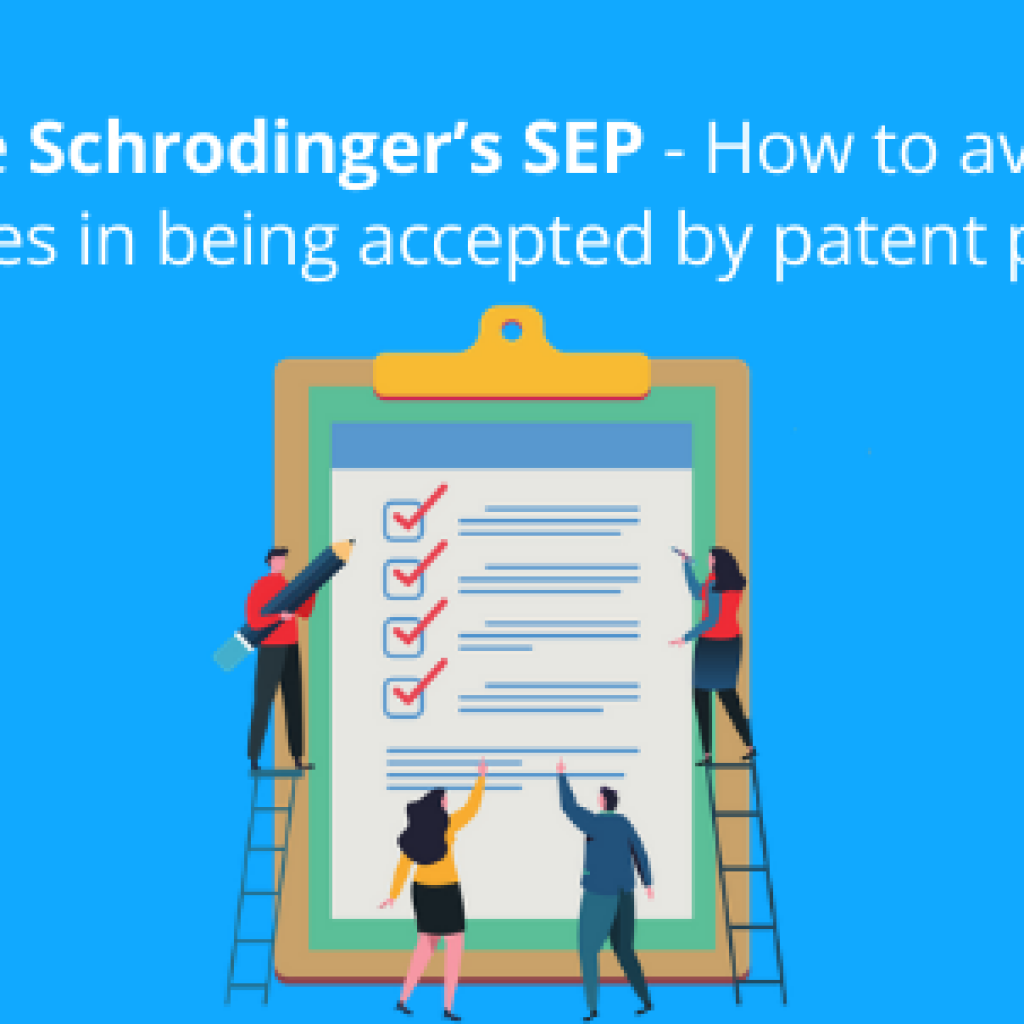The value of a patent is normally measured by the market/revenue of the products covered by the patent. Larger the market of the product, higher is the value of the patent covering it. But by this logic, each standard-essential patent should be worth a lot, as it covers all the products which are following that standard.
Does this mean that every patent which has been declared as a standard essential patent is worth tens of millions of dollars?
No.
In the previous article, we discussed how assignees of some patents claim their patents to be essential, even though they do not overlap the standard documents.
Now the question is – If I remove the case of these patents, and analyze the patents which actually overlap the standard, should each of the overlapping patents be worth a lot?
The answer is still no.
There are patents which can cover basically all the products based on a standard, and yet there are still some patents which can claim only a small percentage of products. Even if the patent overlaps a particular standard, there are still chances that its value is not as high as that of other core patents. Why?
Because even the essentiality of standards matters when evaluating their value to the market. How will you confirm the essentiality of your standard essentials? Here’s how we recommend you to do it.
Another reason behind being a technical standard has a large number of features/techniques, which keep on updating with time. Some of these features are introduced with the basic release, and some are later added to the standards. Also, there are chances that a particular feature/technique is replaced with alternatives. So, the value of the standard-essential patent is essentially dependent on which feature of the standard it relates to and what is the market of that feature.
As standards keep on updating/adding features, over the years, devices which are based on the base version of the standards, may not include the features of advanced version, and yet still claim to be compatible to the standard. One such example is Apple’s iPhone 6, which was released in 2014 & claimed to be LTE compatible, but it lacked some of the latest features of the LTE standard (e.g. carrier aggregation which was introduced around 2013). This means that LTE essential patents related to the feature of carrier aggregation couldn’t claim any royalties from iPhone 6.
To drive the point home on overlap and royalties, let me present three cases in detail, where although the patent overlaps the latest standard versions, it still doesn’t cover all the products based on that standard.
Features are added at a later stage in the standard
Often there are features that are added at a later stage in the standard. Hence, patents based on these features are not related to the base technology of the standard.
One example of such patents is US8891466, which is related to Carrier Aggregation. This feature was added in the Release 10 (around 2010 – 2011) of LTE (Base release of LTE is Release 8). Further, the majority of products based on release 10 (e.g. iPhone 6s) started rolling out in 2015.
Even though the phones between this timeline (2010 – 2015) claimed to be LTE compatible, the patents based on carrier aggregation couldn’t claim any royalty because those phones were compatible with an earlier version (i.e. Release 8/9) of the standard.
Although such patents are essential to the later versions of the LTE, their value is very less when compared to the base essential patents which are related to Release 8 features.
The feature was removed from later version of the standard
There are cases when a certain feature is added in specific versions of the standard, however, with the passage of time, the standard-setting organization finds better alternatives. The older techniques are then replaced with the newly identified techniques/features to make the standard better.
One such example is that of compressed mode transmission by puncturing of bits which is discussed in USRE43866. This type of transmission was included in the UMTS standard’s TS 25.212 version 4 (Released in 2000). The patent became essential to the UMTS standard. However, after 2-3 years, the standard organizations realized that there were better techniques available, which ultimately led to the removal of this technique from the standard.
The feature is optional
The feature is given as an optional feature (i.e. non-essential part) in the Annex of the standard. A lot of times it happens that a specific feature just provides a small improvement in the system performance and is not considered essential by the committee. In such cases, either the standard completely skips the part where it explains any such methods, or it explains it in the annex of the specification (i.e. in the non-essential part). Here is one example, in which patent talks about a feature called FCC – Fast channel changing, which is related to TV set-top boxes. The patent specifically mentions the use of higher bit rates while switching between the unicast and multicast streams, so that the TV channels can be changed without much delay.
The methods mentioned in the claims have a good read on the standard document ETSI TS 102 034 V1.5.2; however, the catch is that the standard has mentioned these methods in its annex, where it is mentioned that it is not a necessary part of the IPTV system. This means that although the methods mentioned in the patent are related to the standard, they cannot be said to be essential to the standard.
There are high chances that most of the TV products available in the market might be deploying the feature of FCC as per the annex of ETSI TS 102 034 V1.5.2, however, this cannot be said for sure. Therefore, the owner of such patents will have to do thorough research before going to the infringer asking for royalty.
Conclusion
From the above examples, it can be seen that different patents, which seem to have a good overlap and appear essential to the standard, could actually have very different worth. Just showing overlap with the standard is not enough to prove that the patent is a high-value patent.
Next time you’re evaluating a patent that seems essential to a standard, try to figure whether the feature which has been claimed by the patent is actually being implemented in the products; and evaluate the patent accordingly.
Authored by: Abhijeet Singh, Senior Research Analyst, Infringement.










